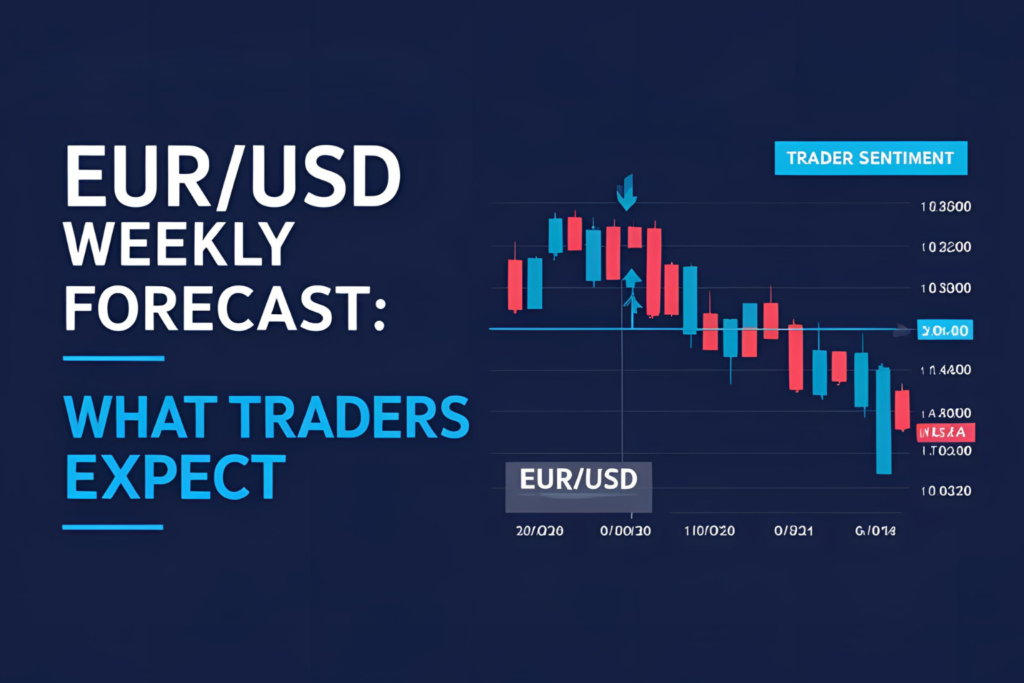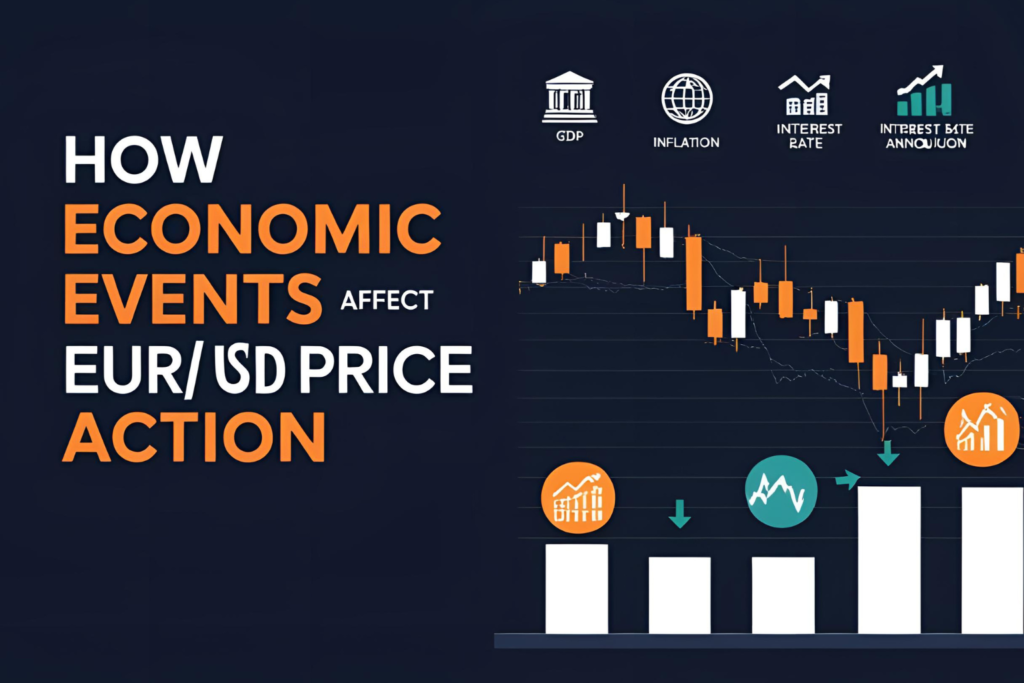EUR/USD signals help traders identify potential entry or exit points based on technical or fundamental analysis. While signals can simplify decision-making, it’s important to understand how they work and how to verify them before taking action.
This guide covers the different types of EUR/USD signals, how to interpret them, and the best practices for using them in your trading strategy.
What Are EUR/USD Signals?
EUR/USD signals are alerts or recommendations to buy or sell the EUR/USD currency pair at a specific price or time. These signals can be generated by:
- Manual analysis (human analysts)
- Automated trading software (algorithms or bots)
- Technical indicator triggers (RSI, MACD, Moving Averages)
- Fundamental news events (rate decisions, NFP, CPI)
Signals may include additional info such as stop-loss, take-profit, and risk levels.
Types of EUR/USD Trading Signals
1. Technical Signals
Generated based on chart patterns, indicators, or breakouts. Common triggers:
- RSI crossing 70/30
- MACD crossover
- Moving Average cross
- Break of support/resistance
2. Fundamental Signals
Based on economic reports or central bank decisions. For example:
- Buy EUR/USD after strong Eurozone GDP
- Sell EUR/USD after a Fed rate hike surprise
3. Sentiment Signals
Derived from trader positioning or market mood. These can be found on platforms like Forex Factory or IG Client Sentiment.
4. Signal Services
Third-party providers offer subscription-based signal alerts via apps, Telegram, or email. Always verify their reliability before use.
How to Use EUR/USD Signals Properly
- Confirm with Your Own Analysis
Never rely on a single signal. Confirm it using your own chart and strategy. - Check Risk-Reward
Only take trades that offer a minimum 1:2 risk-reward ratio. - Avoid Overtrading
Don’t follow every signal blindly. Be selective and only trade when the market aligns with your strategy. - Use a Demo First
Test any new signal provider or strategy on a demo account before using real money. - Stay Updated on News
Even valid signals can fail during unexpected news releases. Always monitor the economic calendar.
Frequently Asked Questions (FAQs)
1. Are EUR/USD signals reliable?
They can be, but results vary by source. Combine them with personal analysis for better accuracy.
2. Where can I get free EUR/USD signals?
Websites like TradingView, Forex Factory, and various Telegram groups offer free signals. Be cautious of scams.
3. What is the best indicator for generating signals?
Popular choices include RSI, MACD, and moving average crossovers. Each works better in specific market conditions.
4. How many signals should I follow per day?
Quality matters more than quantity. One or two well-confirmed signals are better than ten random ones.
5. Can I automate trading based on signals?
Yes, using trading bots or expert advisors (EAs). But always backtest the logic first.


